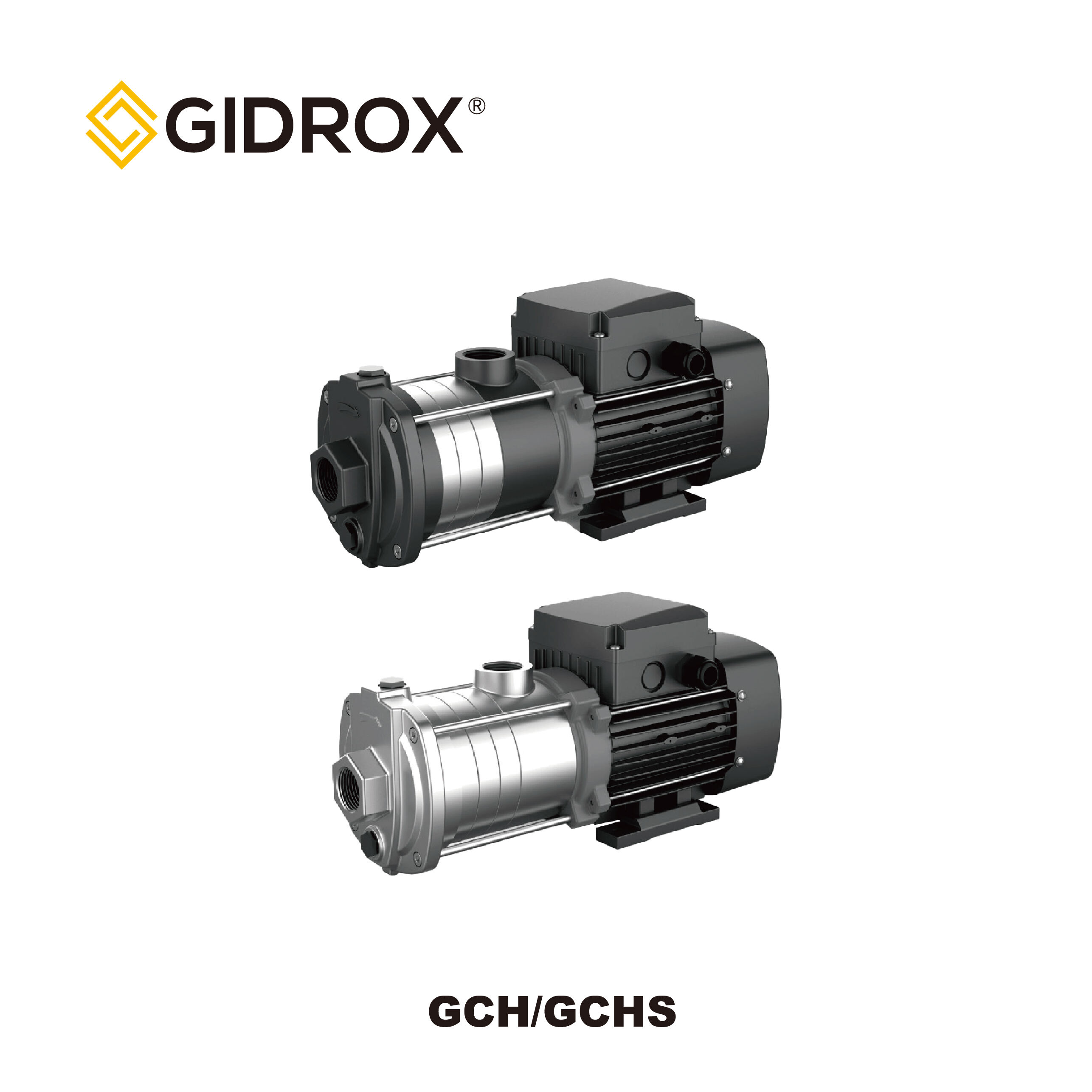Industrial operations that require high flow rates highly depend on the appropriate choice of pump technology. The decision between horizontal and vertical multistage pumping is primarily when there is the need to pump large volumes at high pressure in large quantities of water supply, cooling circuits, boiler feed or mass processes. It is becoming more and more acceptable that engineers and facility managers see the natural benefits of the horizontal multistage pumps in such challenging conditions. Here’s why:
Optimized Hydraulic Efficiency:
Horizontal multistage pumps were provided with a more direct or streamlined path. The directions of the entering and exit of fluids through the pump casing experience little change of direction unlike in vertical designs that necessitate fluid to turn 90-degree angles. This more direct route of flow greatly minimizes hydraulic losses (friction and turbulence), which is directly proportional to increased efficiency with regard to its operation. In continuous high-flow operations, where efficiency improvement is possible even by a few percentage, and the energy savings can be enormous and the benefit on operational expenditure (OPEX) can be tremendous throughout the life of the pump.
Superior Stability & Reduced Vibration:
Increased flow rates have an overarching effect of increased hydraulic forces. Horizontal multistage pumps are more stable in such conditions, by virtue of their lower center of gravity and otherwise sturdy bearing support structure which are often provided at each end of the shaft. This high mechanical stability reduces vibration and protects the bearing, seals and other important parts. Unacceptable high-flow vibration in vertical pumps can speed up wear, cause early failures and elevate noise levels, problems that are substantially reduced with horizontal construction.
Enhanced Ease of Maintenance & Serviceability:
And this is what frequently determines the matter. The horizontal multistage quill pumps are made to get easy access. The most important parts such as mechanical seal, bearings, couplings and even stages (again depending on design) may be easily reached without significant dismantling or disrupting pipeline. Non-destructive testing and inspection, replaces seals, or checking of bearings can be frequently done rapidly with the pump installed or with little downtime. On the other hand, many vertical multistage pumps are serviced by pulling entire motor and rotating assembly out of a column or vessel vertically, a process that is complex, time-consuming, and dangerous, and necessitates specialized equipment in addition to considerable downtime. Such simplicity of maintenance has a direct effect on Mean Time Between Repairs (MTBR) and availability in the entire plant.
Robust Bearing & Shaft Support:
Capable of dealing with large radial loads, horizontal multistage pumps have durable bearing housings. This is substantial support structure, which is required to ensure accurate shaft alignment with the elevated hydraulic loads inflicted in large-flow applications. Vertical pumps are very good at axial thrust, but their bearing systems can be more prone to difficulties in dealing with radial loading at high flows, with the risk of shaft deflection, and wear.
Space Efficiency (Often Counter-Intuitive):
Although it is commonly touted that vertical pumps save floor space, in reality they may need large headspace to install, and space to actually access them to perform maintenance work. Where each stage is wide, such as in horizontal multistage pumps which use more floor space tend to have lower overall height profile. This is an advantage when available headroom is small (e.g., in buildings, under low ceilings) or when the space available overhead to provide pulling room required by a vertically located pump is infeasible or uneconomical. Their design usually best fits with the existing infrastructure and the normal pipe racks.
Conclusion: The High-Flow Advantage is Clear
Horizontal multistage pumps offer a strong technical solution when the industrial application requires high flow rates, with important pressure. They also lead to the minimal use of energy in terms of hydraulic efficiency. They have a natural mechanical stability that makes them operate reliably and over a long duration of challenge. More importantly, their unsurpassed serviceability, extreme up-time can be achieved and their total ownership costs are far lower. Although there are certain areas of low-flow deployment or deep well designs where vertical pump technology might be more suitable, the economic and operations benefits of horizontal multistage design makes it the dominant choice in high-flow applications as well as robust safe and serviceable pumping applications.
Interested in optimizing your high-flow pumping system? Learn the engineering benefits of contemporary horizontal multistage pump systems and how they can serve to improve the efficiency, reliability, and bottom line of your operation. Talk to us about a consultation with our engineering team today.

 EN
EN










































 ONLINE
ONLINE